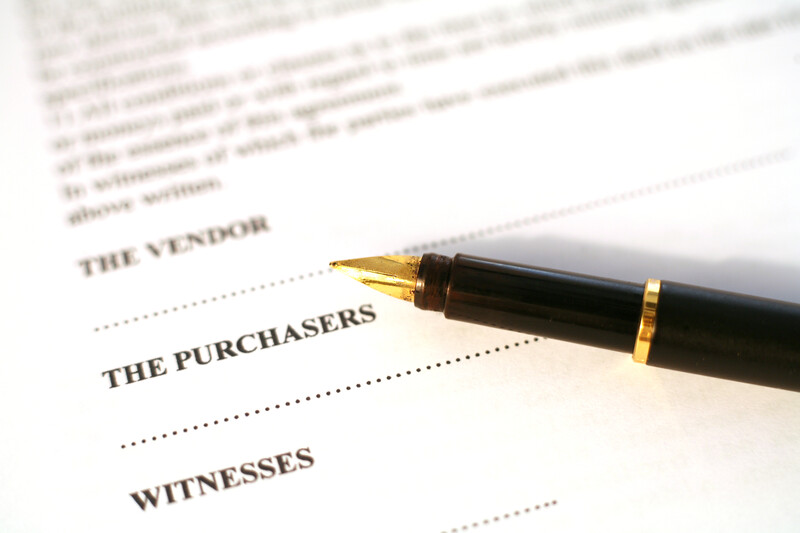
How to Determine Ownership of a Chain Link Fence
Sometimes, it’s a little tricky to figure out who owns a chain link fence. However, if you want to make changes to the fence or if it needs to have repairs done, you might be wondering how to determine ownership of a chain link fence.
There are several ways you might be able to figure out who owns a chain link fence.
1. Someone Has Proof of Payment
The simplest answer to the question of how to determine ownership of a chain link fence is if someone has proof that they paid for it. Fence companies usually provide invoices and warranties on materials and workmanship, and these will usually have the name of the client on them.
Sometimes, however, neighbors will split the cost of a new fence, so different parts of the same fence might be owned by different combinations of people.
2. It’s on Someone’s Property
Most boundary fences are installed on the property line between two properties, but in some cases, a chain link fence might be installed entirely on one person’s property.
In this case, the solution to the question of how to determine ownership of a chain link fence is to look at the lot diagram that the local municipality has, identify the site boundary markers, and see where the fence falls according to those.
3. It’s on the Boundary Line
If your chain link fence is on the property boundary line between you and your neighbor, and you either don’t know who paid for the fence or it was installed by the property developer, then the answer to the question of how to determine ownership of a chain link fence is that both parties have equal ownership of the shared fence line.
How to Handle Fence Disputes
Usually, the reason why someone is wondering how to determine ownership of a chain link fence is that there is some kind of dispute.
The first option you should always try when dealing with this kind of dispute with your neighbor is to speak to them directly. Ideally, you want to come to a reasonable and amicable solution.
If that doesn’t work, or if the neighboring property is not occupied, you still have options.
If the fence is in a serious state of disrepair and is dangerous to people or property, you could contact your local bylaw or building department to have the fence inspected. If they find that the fence needs to be repaired or replaced, they can take appropriate action.
Another option is to go to small claims court about fence-related problems. This usually only works up to a certain value, though, so if you have a large fence line, you might need to speak to a lawyer instead.
Finally, the last solution might be to simply build your own fence, just inside your own property line, and block out the problem fence. You will lose the use of a little of your yard, but you will also solve your fence problem.


